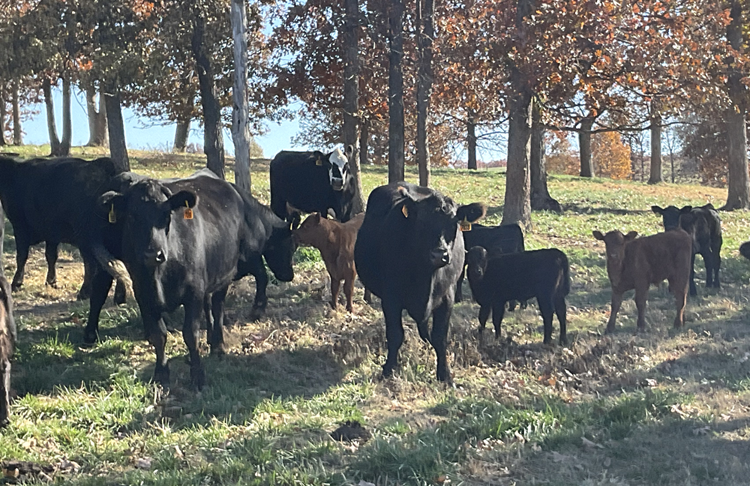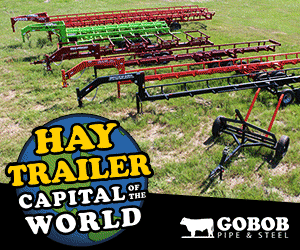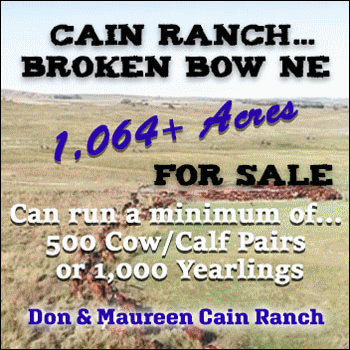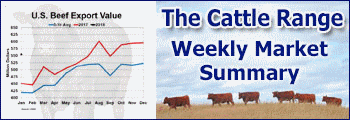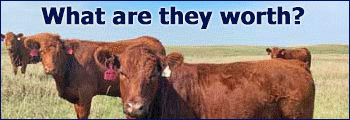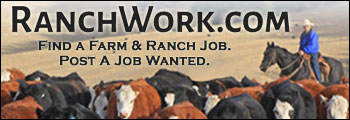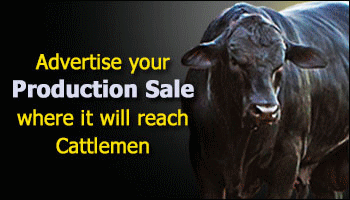Derrell S. Peel, Oklahoma State University
Looking back, 2024 was mostly a continuation of the story that has been developing since 2022. Tight supplies of cattle pushed cattle and beef prices higher to new record levels during the year. However, in some ways, 2024 was kind of a pause in the developing dynamics of the industry with more of a sideways move than noticeable progress to change the market situation.
Despite an expected 2024 calf crop down over one percent year over year and the sixth consecutive decrease in the total calf crop, feedlots were able to hold average monthly inventories fractionally higher compared to the year before. Total feedlot marketings in the past 12 months were down just 0.3 percent from the previous 12 months. Total feedlot placements were down 1.7 percent in the past year compared to the previous 12 months. Feedlots were able to hold inventories steady mostly due to continued heifer feeding in 2024. As of October 1, heifers still represented 39.7 percent of feedlot inventories, near the upper end of historical levels and well above levels that would indicate heifer retention. Additionally, feedlots held inventory levels by extending days on feed and slowing down the turnover rate in feedlots. Kansas feedlot data shows that days on feed for steers increased by 3.2 percent in the first ten months of 2024, adding 6 days to average on-feed time over the same period a year earlier.
Although final data for the year are still coming, it appears that total beef production in 2024 was down just 0.6 percent year over year. This is significantly less than earlier expectations of a 4+ percent year-over-year decrease. In fact, fed beef production was up 2.2 percent due to larger than expected steer and heifer slaughter and a sharp increase in carcass weights in 2024. Steer slaughter was up 0.2 percent year over year, while heifer slaughter was down 1.1 compared to the previous year. Average steer carcass weights jumped 22 pounds year over year with heifer carcasses averaging 18 pounds heavier. Although fed beef production was higher year over year, Choice boxed beef prices averaged 2.8 percent higher year over year on strong prices for end meats from the chuck and round.
Without a doubt, the biggest change in 2024 was in nonfed beef production, down 13.2 percent year over year due to sharp reductions in cow slaughter. Beef cow slaughter was down 19.0 percent year over year and dairy cow slaughter was down 12.2 percent from the previous year. Reduced supplies of processing beef led to record wholesale trimmings prices, increased demand for imported beef, strong lean demand for end meats, and record cull cow prices.
All of the above suggests that cattle inventories continued to decline in 2024. USDA-NASS will confirm cattle inventories going into 2025 with the scheduled release of the annual Cattle report on January 31. Much of 2024 was occupied with producers looking for indications of heifer retention that would lead to eventual herd rebuilding. With no indications of heifer retention at the end of 2024, the new year starts with the same question.
